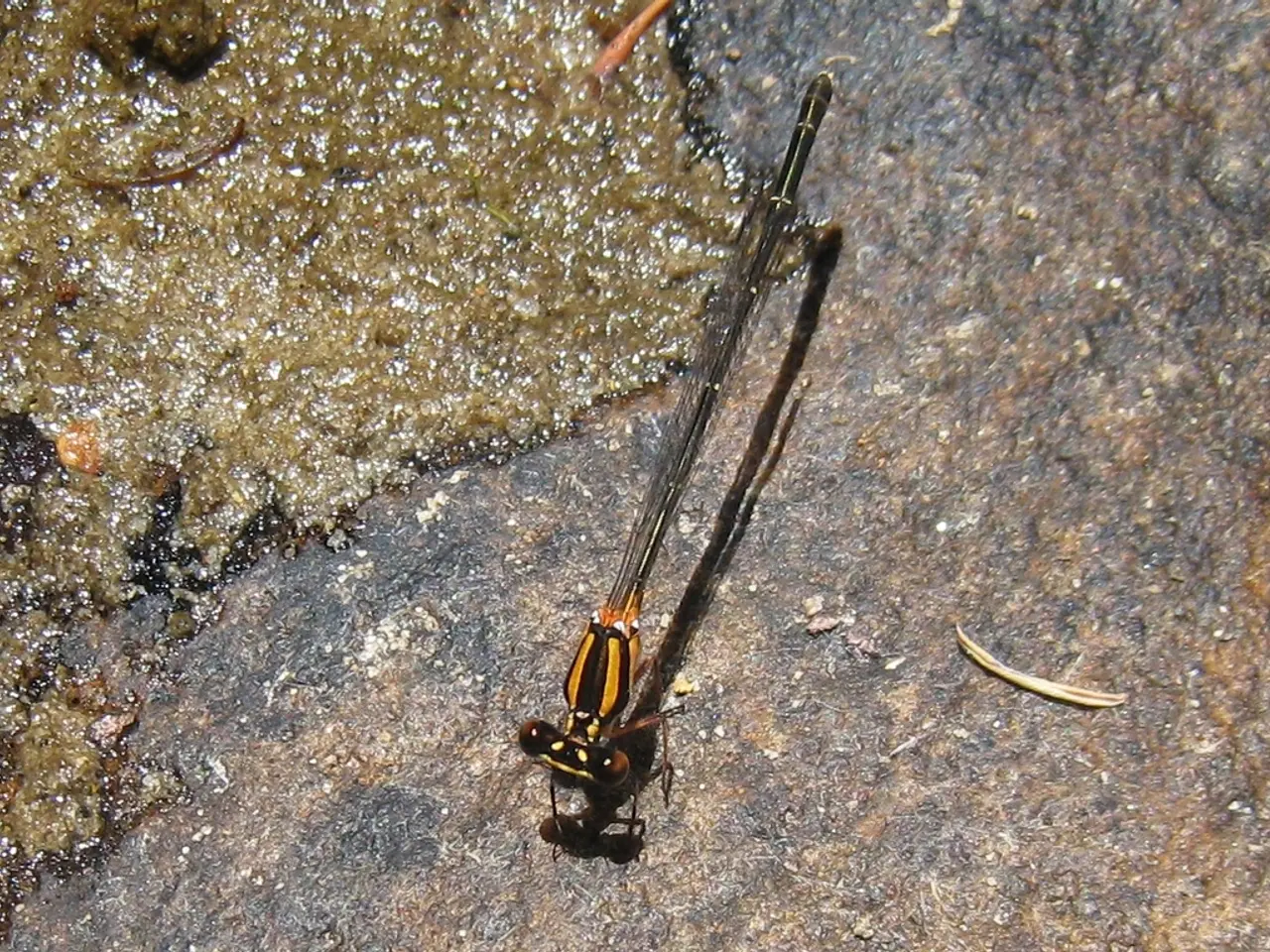Rapid Increase in Chikungunya Cases in China Pushes Global Alert as Infection Spreads to Another Nation
Global Concern Over Rapid Spread of Chikungunya Virus
Chikungunya, a lesser-known disease, is causing alarm due to its rapid spread in various regions across the globe. The virus has been reported in 119 countries, including tropical, subtropical, and even temperate regions such as mainland France and China’s Guangdong province [1][2][5].
The Indian Ocean islands remain a significant epicenter of the outbreak, with the virus spreading to Europe (notably France) where locally transmitted cases are now reported [1]. In the Guangdong Province of southern China, over 8,000 confirmed cases have been reported, triggering strict containment efforts [2][4][5].
Additional outbreaks continue in parts of Africa (Kenya, Madagascar, Mauritius, Mayotte, Réunion, Somalia), and the Americas with approximately 240,000 cases and 90 deaths across 16 countries since early 2025 [3][5]. South America produced the highest number of infections worldwide, with Brazil leading the pack (185,553) [6].
The World Health Organization (WHO) is urging for immediate action to prevent history from repeating itself, as the patterns of transmission seen in previous outbreaks are being replicated [7]. The virus outbreak between 2004 and 2005 infected half a million people in Asia [8].
Currently, there is no specific antiviral treatment for the Chikungunya virus. Management focuses on symptom relief and supportive care [1]. Two vaccines have been approved in some countries: a live-attenuated vaccine (IXCHIQ) for adults with some restrictions, and a single-dose virus-like particle vaccine (VIMKUNYA) for ages 12 and older. However, these vaccines are not yet widely available globally or in China [1].
Control strategies hinge on mosquito management (including Wolbachia mosquito release programs), early detection, public awareness, and the use of personal protective measures like insect repellents and protective clothing [1][3][4]. Authorities, including WHO and CDC, emphasize the urgency of surveillance, vaccination for travelers to high-risk areas, and innovative vector control strategies to mitigate further spread and prevent large-scale epidemics [3][4][5].
Travel disruptions and health advisories may occur due to the spread of the Chikungunya virus. It is estimated that 5.6 billion people are at risk, making it crucial for global health authorities to take immediate action to curb the spread of this rapidly spreading disease.
- Science has a significant role to play in addressing chronic diseases such as cancer, diabetes, and respiratory conditions like Chikungunya.
- Workplace wellness programs could incorporate information about Chikungunya to educate employees and encourage preventive measures.
- Medical conditions like Chikungunya can have long-term effects and require ongoing management and care.
- Aging population demographics increase the risk of contracting Chikungunya virus and other diseases, emphasizing the need for robust health-and-wellness initiatives.
- Fitness-and-exercise, a crucial part of a healthy lifestyle, can improve overall immune system function and help combat diseases like Chikungunya.
- Sexual health education should cover the prevention of transmission of sexually-transmitted diseases, including the Chikungunya virus, within and across communities.
- Autoimmune disorders, such as Lupus and Rheumatoid Arthritis, can weaken the body's immune response to viruses like Chikungunya.
- Climate change contributes to the increased spread of vector-borne diseases like Chikungunya, highlighting the interconnectedness of environmental science and health.
- Mental-health issues like anxiety and depression can arise from diagnoses or treatment of chronic diseases like Chikungunya and require support and therapies-and-treatments.
- Mens-health encompasses specific health concerns related to men, including the impact of diseases such as Chikungunya on male reproductive health.
- Skin-care products and practices play a role in preventing and treating skin-conditions that may arise from Chikungunya or other medical-conditions.
- Nutrition plays a critical role in overall health and well-being, including enhancing the body's ability to fight diseases like Chikungunya.
- Womens-health programs should focus on areas like pregnancy, childbirth, and menopause, as well as the unique effects of diseases like Chikungunya on female health.
- Parenting involves educating children about health and wellness, including the importance of protecting themselves against diseases like Chikungunya.
- Weight-management is essential for maintaining a healthy body, which can better protect against diseases such as Chikungunya.
- Cardiovascular-health, which includes heart and blood vessel conditions, can impact one's ability to fight off diseases like Chikungunya.
- The healthcare industry, including Medicare and private insurance providers, must collaborate to ensure access to Chikungunya treatments and vaccines for all patients.
- CBD, a popular natural remedy for pain relief and anxiety, may have potential benefits for managing Chikungunya symptoms.
- Neurological-disorders, such as multiple sclerosis and Parkinson's disease, may increase the risk of complications from diseases like Chikungunya.
- Environmental-science and climate-change research efforts should address the causes and spread of vector-borne diseases like Chikungunya.
- Finance, both personal and corporate, should prioritize allocating resources towards research, treatment, and prevention of diseases like Chikungunya.
- Skin-conditions such as rashes and blisters can occur as a result of Chikungunya or other medical-conditions, requiring dermatological treatment and care.
- Space-and-astronomy plays a role in understanding the impacts of environmental changes on diseases like Chikungunya, as well as potential research and treatment opportunities.
- Cybersecurity is essential to protect sensitive health information related to Chikungunya diagnoses and treatment, safeguarding patient privacy.
- Lifestyle choices such as diet, exercise, and stress management can impact one's susceptibility to diseases like Chikungunya.
- Fashion-and-beauty brands can promote insect repellent products and clothing to help protect consumers against diseases like Chikungunya.
- In the realm of books, movies, tv, entertainment, and social media, engaging content can spread awareness about Chikungunya and other diseases, inspiring action and impacting change.




